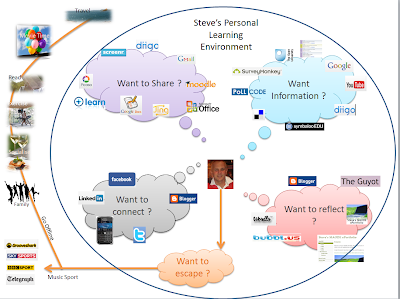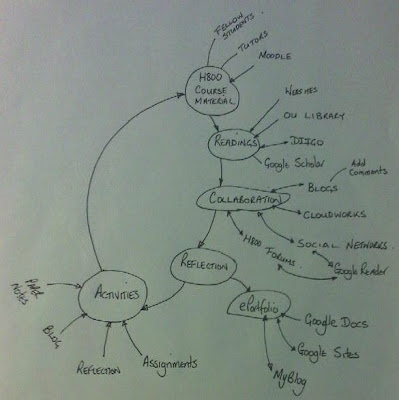Introduction
Having watched the case study it is clear that this was quite a complex case study before trying to address the group work question I created a spray diagram to try and highlight the main points.
The Organisational Context of Margaret
Beaufort School
Margaret Beaufort School was a school that was being led by a very loose leadership that lacked direction and appeared not to be moving forward. It was failing students because it never had a suitable means of measuring the success or improvement of its students. Consequently a bad Ofsted report acted as a trigger point for improvement.
Margaret Beaufort School was a school that was being led by a very loose leadership that lacked direction and appeared not to be moving forward. It was failing students because it never had a suitable means of measuring the success or improvement of its students. Consequently a bad Ofsted report acted as a trigger point for improvement.
An External Factor
A significant factor in this case is the requirement to meet standards set down by Ofsted this combined with much better reports from other schools in the consortium led MB to realise they would be better off joining the consortium after all. It is questionable whether a better Ofsted report would have meant that MB would have remained antonymous, however as the case study unfolds the benefits of joining the consortium become more and more apparent.
A significant factor in this case is the requirement to meet standards set down by Ofsted this combined with much better reports from other schools in the consortium led MB to realise they would be better off joining the consortium after all. It is questionable whether a better Ofsted report would have meant that MB would have remained antonymous, however as the case study unfolds the benefits of joining the consortium become more and more apparent.
An Internal Factor
A number of internal factors that impact include the loose leadership and poor direction provided by the leadership team. It was also more apparent later on during the change of leadership that a number of staff were both set in their ways and opposed to any form of change. These staff may well have been a significant factor in the schools failings.
Conclusion
Removing those resistant to change and bringing in a stronger more collaborative leadership team meant that new systems could be put in place. This combined with shared leadership and a renewed sense of ownership has given a clear direction for the school to move in which was seriously lacking. Although the school claimed to want to maintain the Ethos and Sense of Community at MB they were doing so at the expense of academic achievement.













